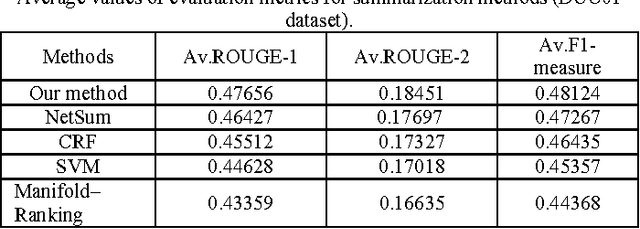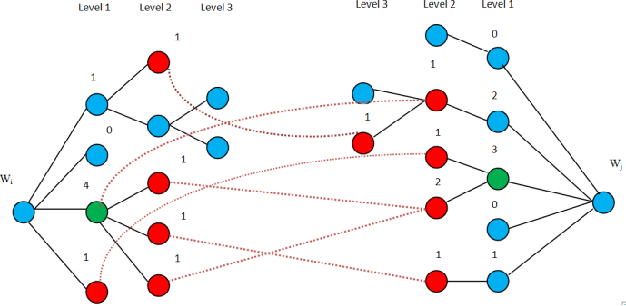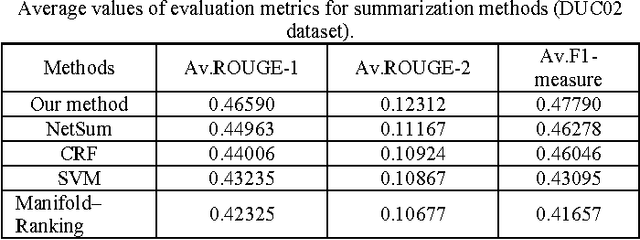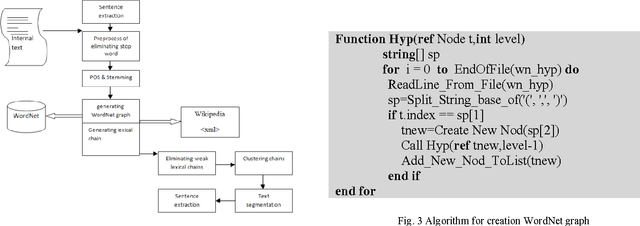Mohsen Pourvali
TaxoKnow: Taxonomy as Prior Knowledge in the Loss Function of Multi-class Classification
May 24, 2023Abstract:In this paper, we investigate the effectiveness of integrating a hierarchical taxonomy of labels as prior knowledge into the learning algorithm of a flat classifier. We introduce two methods to integrate the hierarchical taxonomy as an explicit regularizer into the loss function of learning algorithms. By reasoning on a hierarchical taxonomy, a neural network alleviates its output distributions over the classes, allowing conditioning on upper concepts for a minority class. We limit ourselves to the flat classification task and provide our experimental results on two industrial in-house datasets and two public benchmarks, RCV1 and Amazon product reviews. Our obtained results show the significant effect of a taxonomy in increasing the performance of a learner in semisupervised multi-class classification and the considerable results obtained in a fully supervised fashion.
Automated Text Summarization Base on Lexicales Chain and graph Using of WordNet and Wikipedia Knowledge Base
Mar 15, 2012



Abstract:The technology of automatic document summarization is maturing and may provide a solution to the information overload problem. Nowadays, document summarization plays an important role in information retrieval. With a large volume of documents, presenting the user with a summary of each document greatly facilitates the task of finding the desired documents. Document summarization is a process of automatically creating a compressed version of a given document that provides useful information to users, and multi-document summarization is to produce a summary delivering the majority of information content from a set of documents about an explicit or implicit main topic. The lexical cohesion structure of the text can be exploited to determine the importance of a sentence/phrase. Lexical chains are useful tools to analyze the lexical cohesion structure in a text .In this paper we consider the effect of the use of lexical cohesion features in Summarization, And presenting a algorithm base on the knowledge base. Ours algorithm at first find the correct sense of any word, Then constructs the lexical chains, remove Lexical chains that less score than other, detects topics roughly from lexical chains, segments the text with respect to the topics and selects the most important sentences. The experimental results on an open benchmark datasets from DUC01 and DUC02 show that our proposed approach can improve the performance compared to sate-of-the-art summarization approaches.
 Add to Chrome
Add to Chrome Add to Firefox
Add to Firefox Add to Edge
Add to Edge